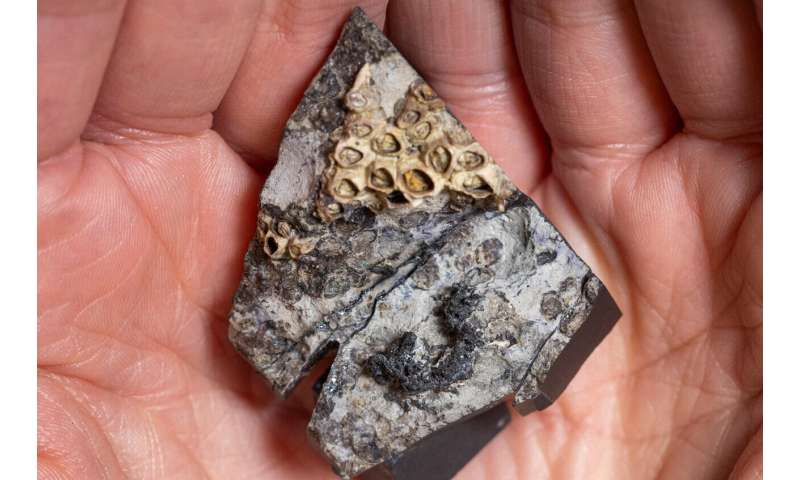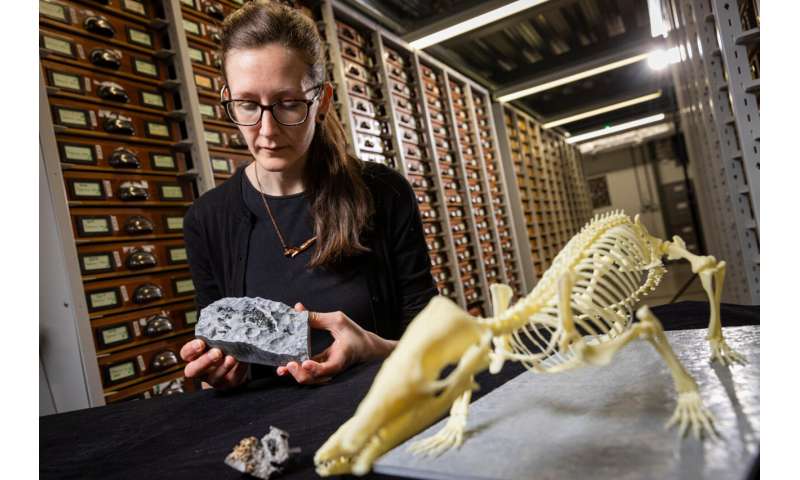July 25, 2024 report
This article has been reviewed according to Science X's editorial process and policies. Editors have highlighted the following attributes while ensuring the content's credibility:
fact-checked
peer-reviewed publication
trusted source
proofread
Isle of Skye discovery suggests ancient mammals had longer lifespans than modern counterparts

A team of paleontologists and natural science specialists from the U.K., the U.S. and France reports that ancient fossil evidence uncovered on Scotland's Isle of Skye suggests small mammals living millions of years ago may have had longer developmental periods and lifespans than those alive today.
In their study, published in the journal Nature, the group focused on mouse-sized mammals that lived during the Middle Jurassic.
Prior research has shown that compared to large mammals, smaller mammals tend to grow more rapidly after birth until reaching maturity, and they also tend to have shorter life spans. To ensure survival, small mammals generally have large litters. But that may not have always been the case as new evidence suggests some small mammals may once have developed more slowly and lived much longer lives.
For this new study, the research team took a close look at Docodonta, an early order of small mammal that lived during the Early Cretaceous. The fossilized partial remains of one adult and one juvenile Krusatodons were recovered. The adult was uncovered back in 1972, the juvenile in 2016. Both were dated to approximately 166 million years ago, a time when the small mammals were living among dinosaurs.
-

Dr. Elsa Panciroli holds the juvenile Krusatodon kirtlingtonesis fossil (lower, dark bones). Credit: Duncan Mc Glynn -

National Museums Scotland's Dr. Elsa Panciroli examines two krusatodon kirtlingtonesis fossils. Credit: Duncan Mc Glynn
In studying the incremental growth of the teeth, the researchers were able to learn about the age of the animals at death and their rate of development. The adult was found to be approximately 7 years old and the juvenile, 7 to 24 months. The juvenile was also in the middle of replacing its baby teeth with adult teeth. Other bones suggested the adult had weighed approximately 58 grams and the juvenile a little more than half that.
Further analysis showed that the juvenile was taking longer to reach maturity than would be typical for a modern mammal similar in size. The researchers suggest that indicates a longer development period for the creature and likely a longer lifespan.
It also suggests other mammals of the time may have also had slower development rates and longer lifespans—but the team notes that more work is required to find out if that was the case.
More information: Elsa Panciroli et al, Jurassic fossil juvenile reveals prolonged life history in early mammals, Nature (2024). DOI: 10.1038/s41586-024-07733-1
Journal information: Nature
© 2024 Science X Network



















